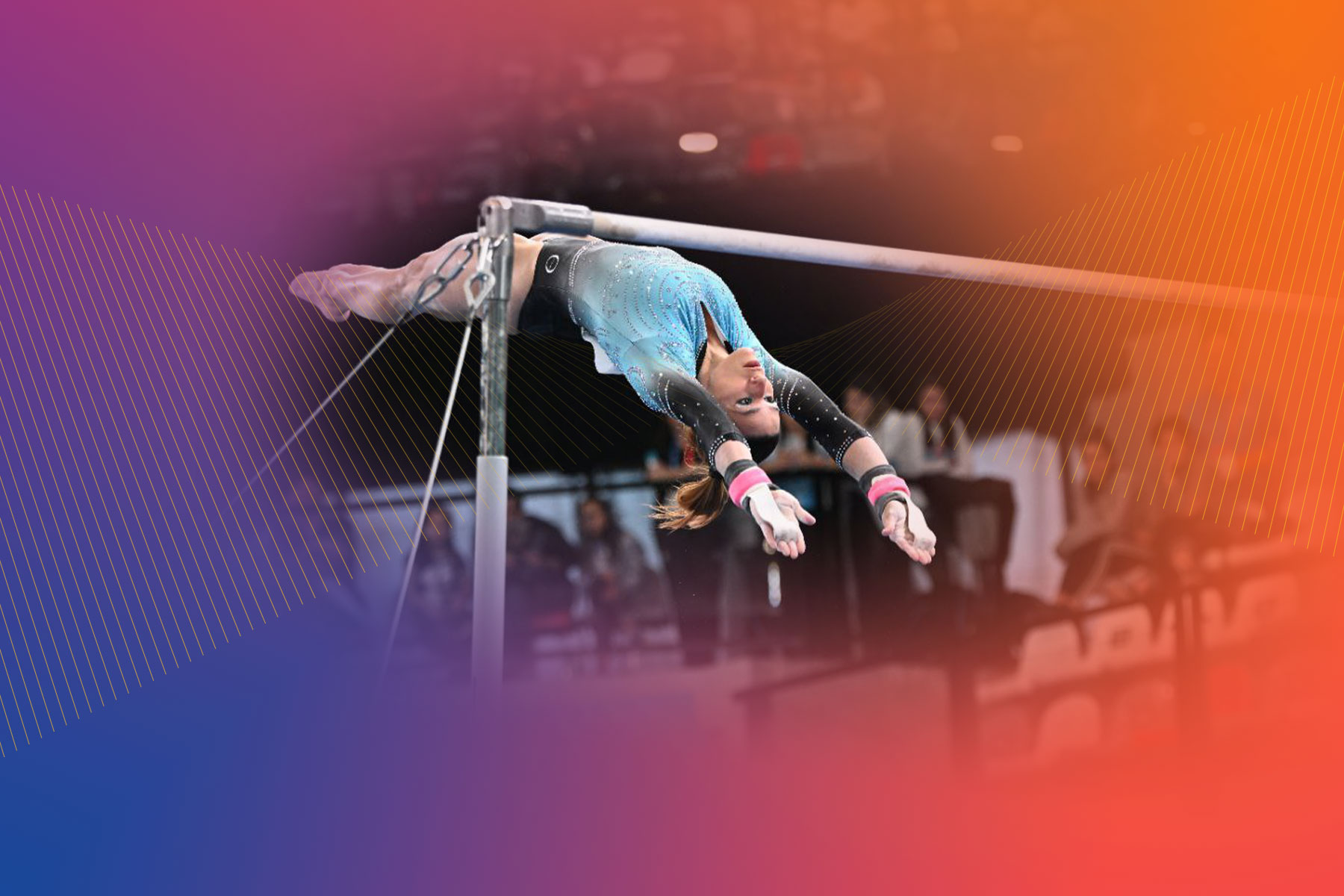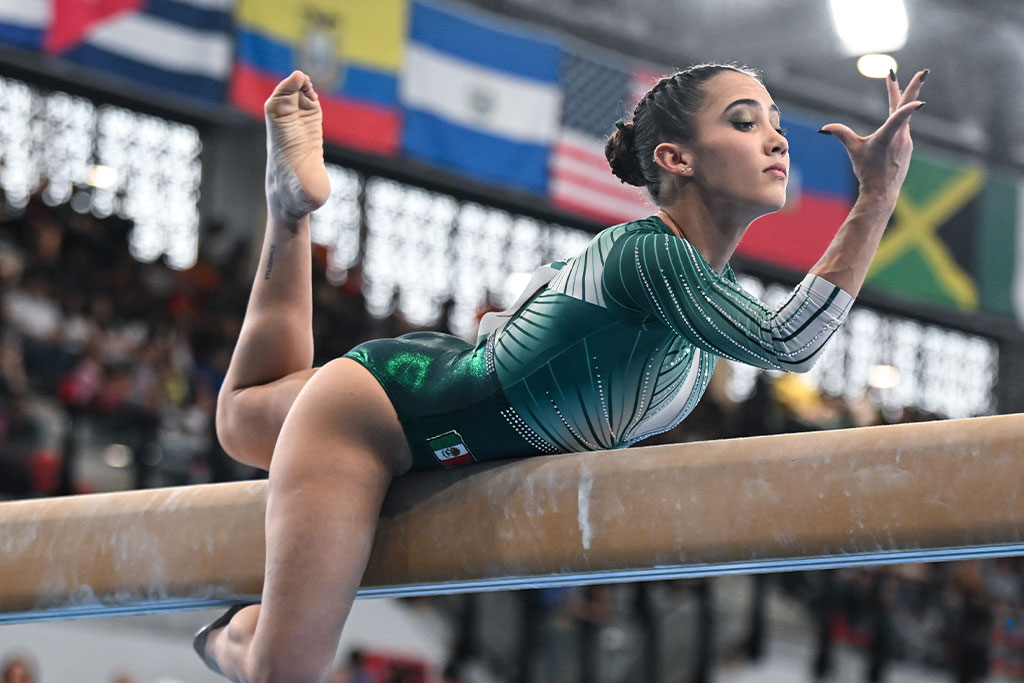
Age groups used at UPAG
Women's Artistic Gymnastics Events
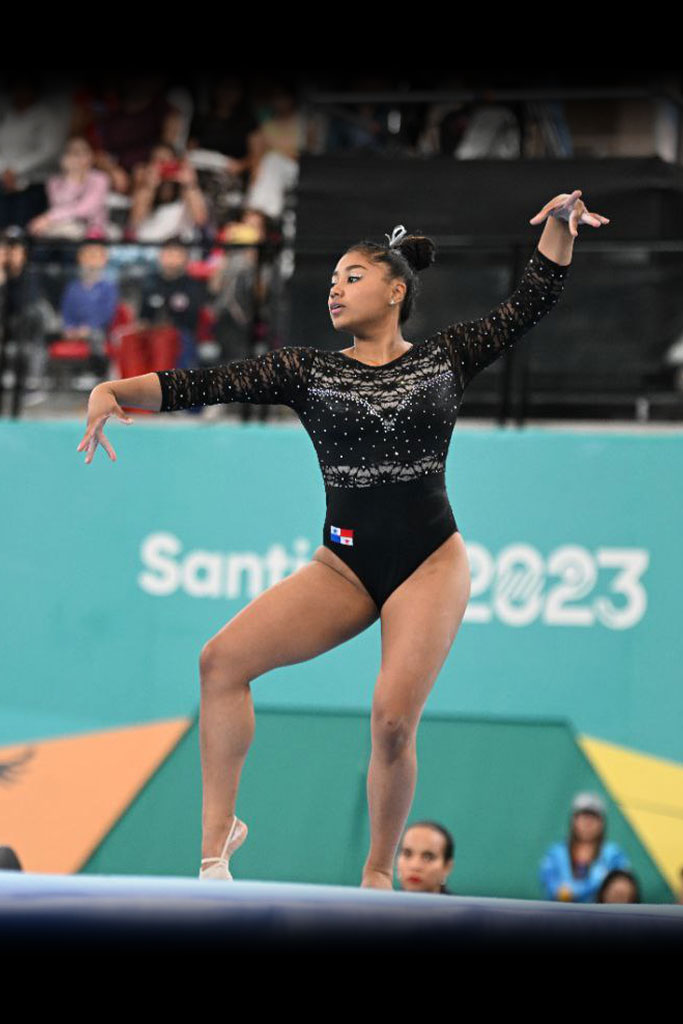
General requirements for Women's Artistic Gymnastics routines
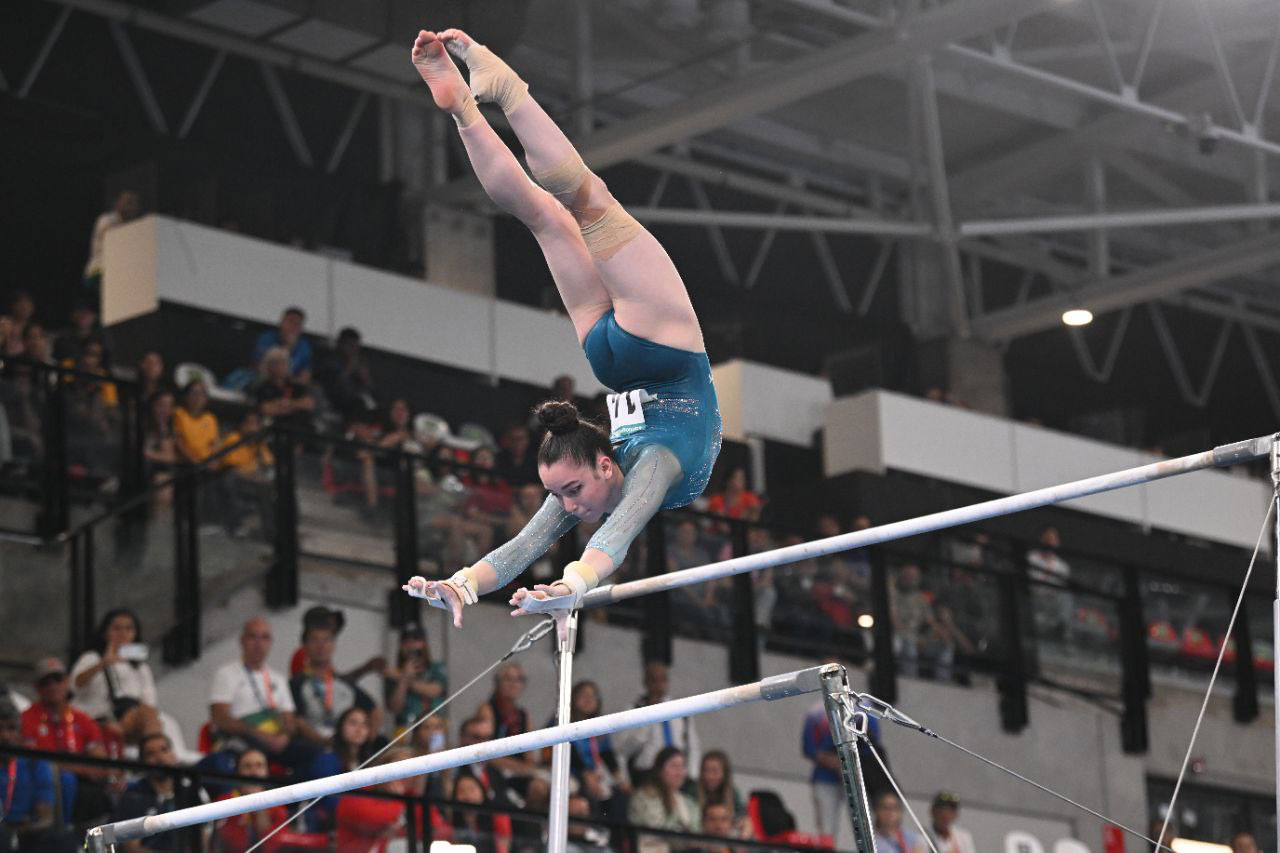
Apparatus in Women's Artistic Gymnastics
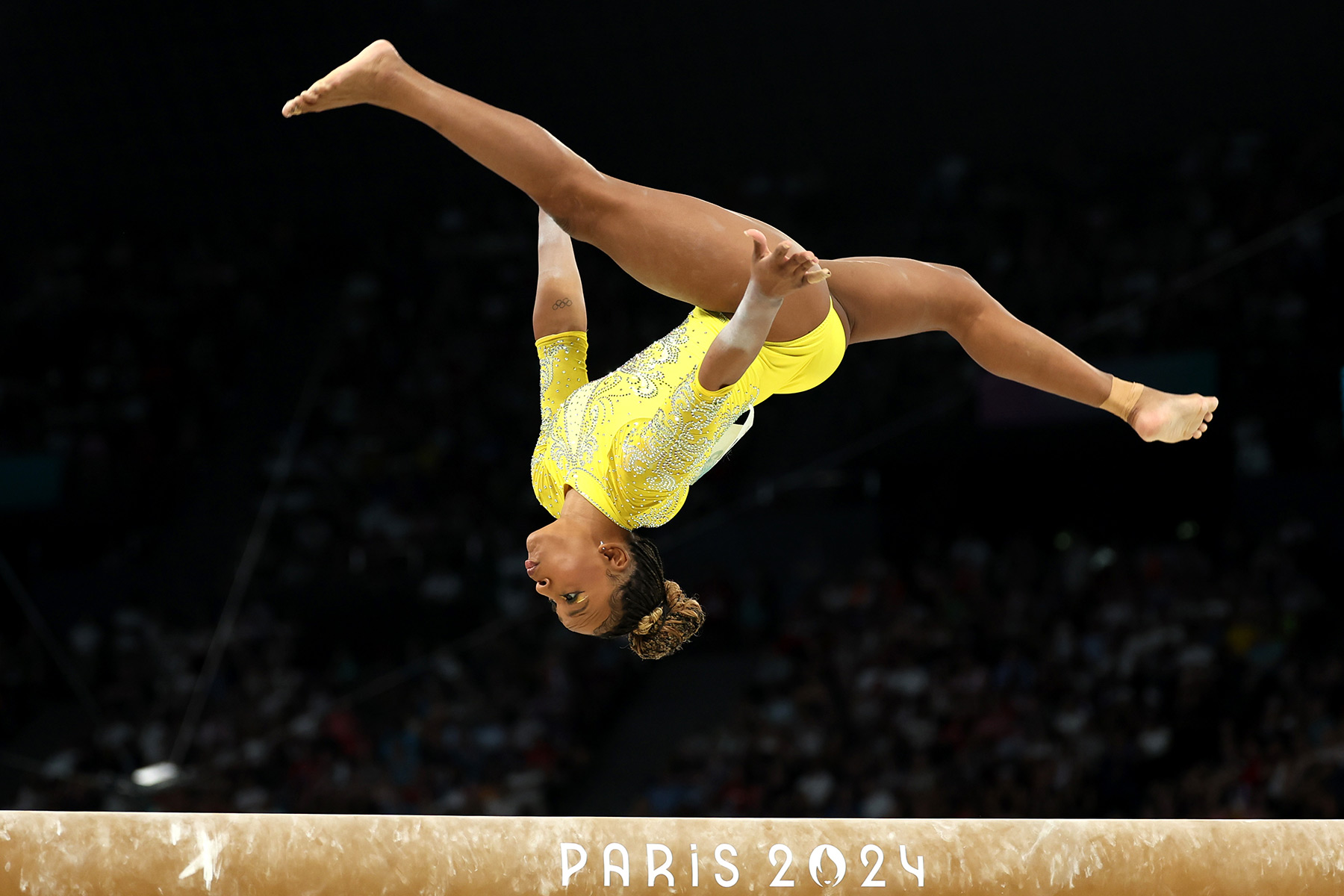
Evaluation of routines
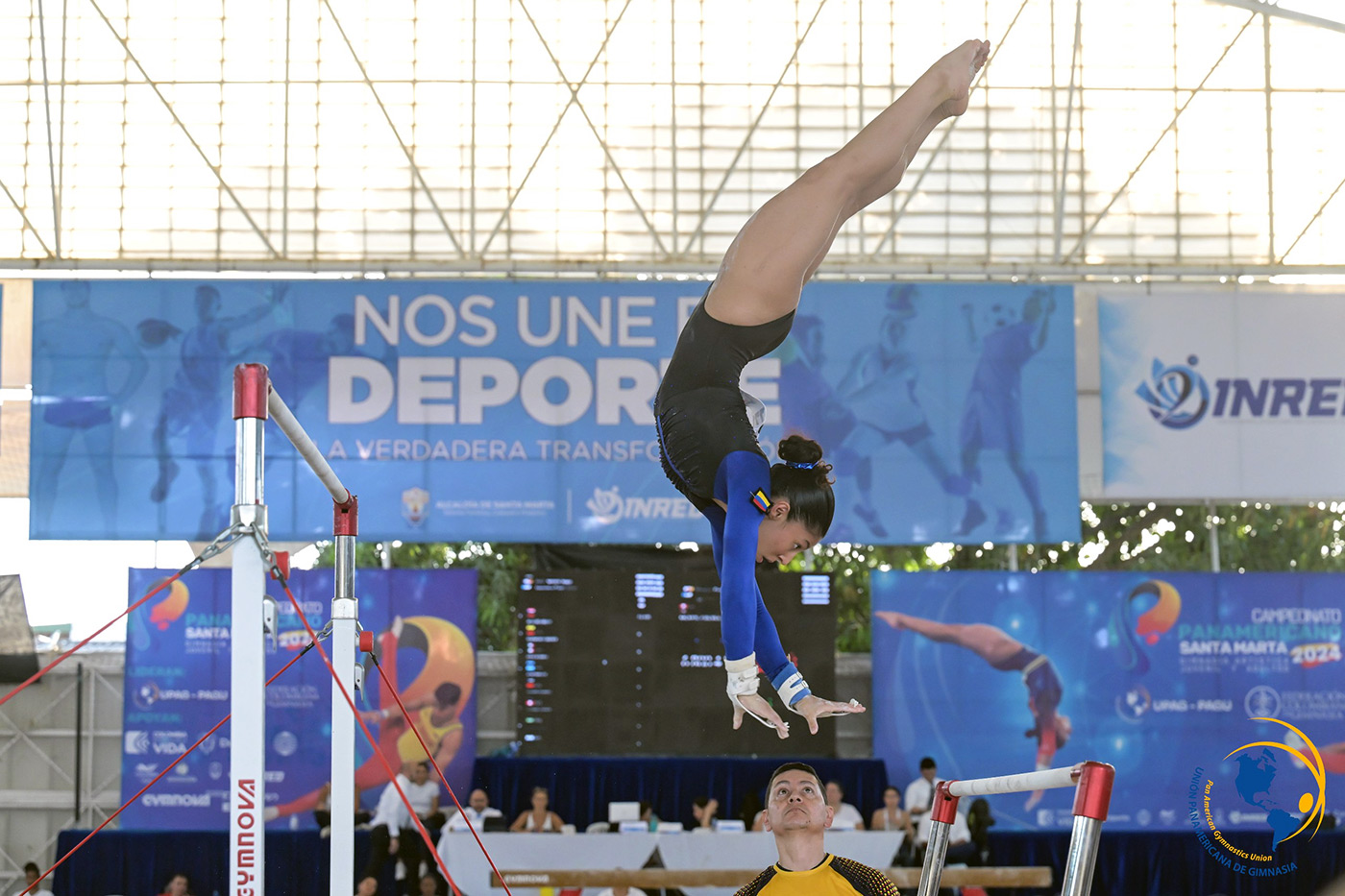
Composition of the panel of judges
Core competencies of UPAG

